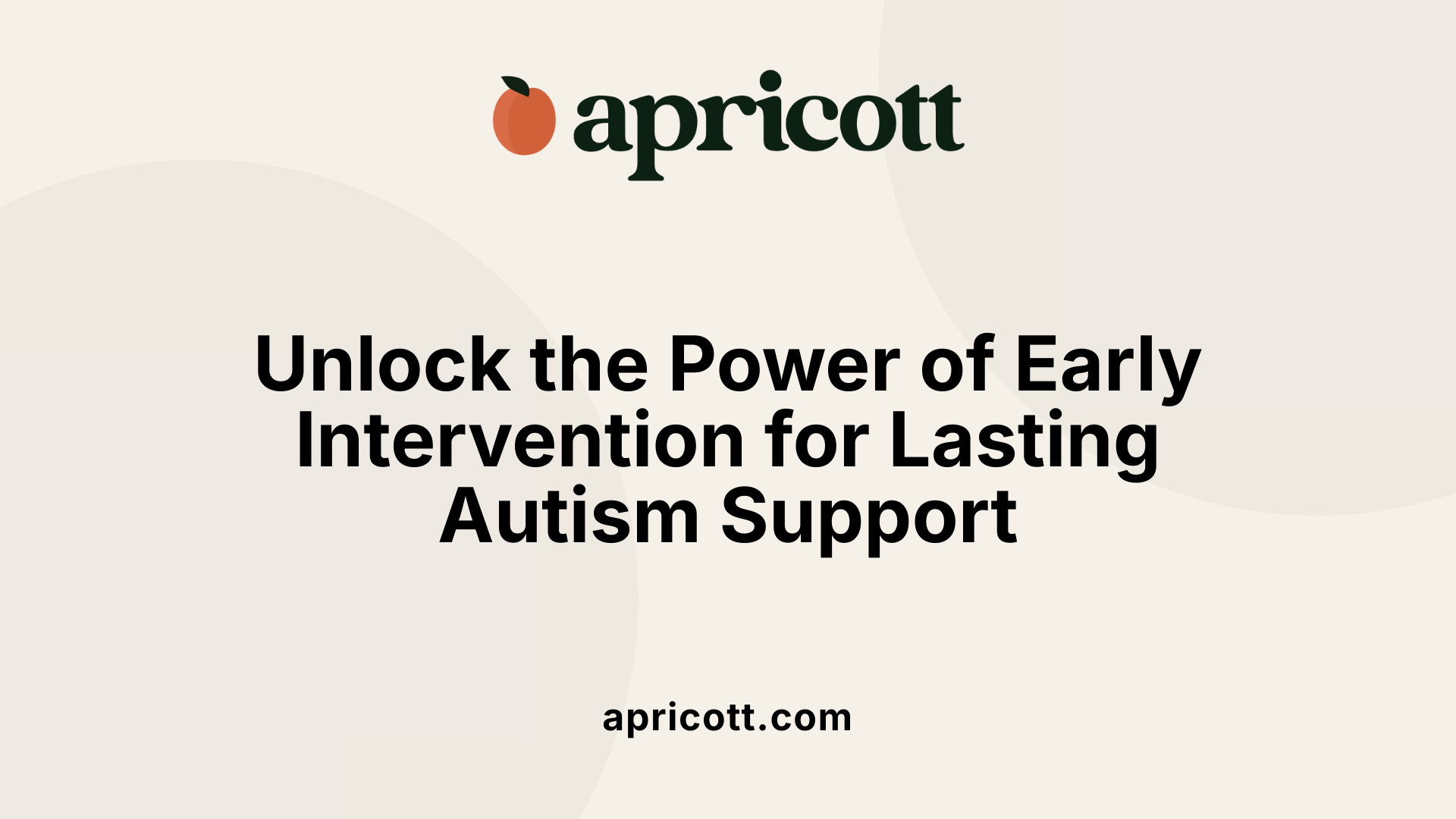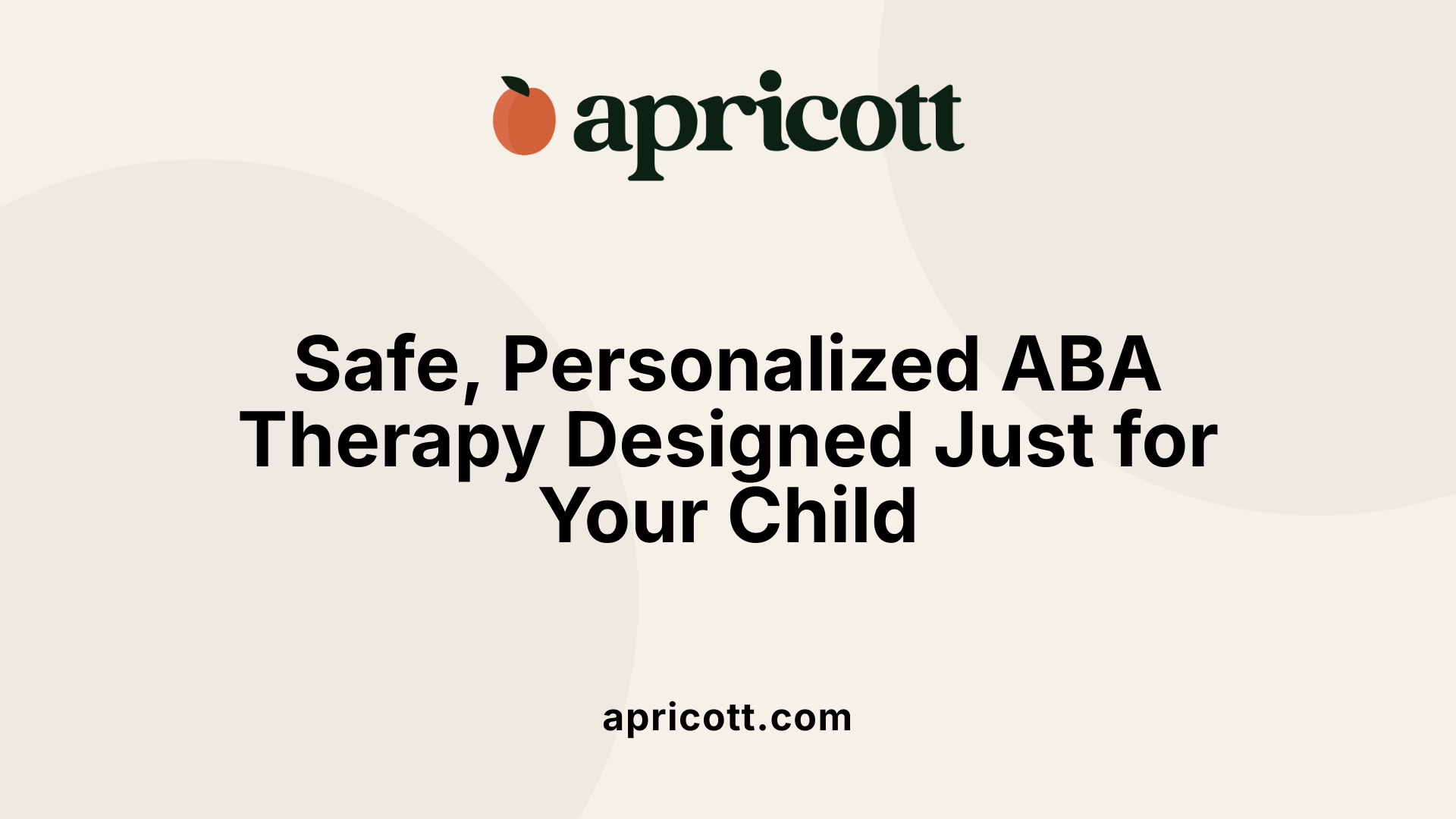December 2, 2025
Understanding Behavioral Therapy in Autism Care
Action Behavior Centers specialize in providing expert behavioral therapy primarily for individuals with autism spectrum disorder (ASD). Rooted in scientifically validated practices such as Applied Behavior Analysis (ABA), these centers focus on understanding and modifying behavior to improve the quality of life for children and young adults facing developmental challenges. This article explores what Action Behavior Centers are, the methods they employ, the importance of early intervention, and the roles of professionals involved in delivering autism behavioral therapy.
Behavioral therapy for autism, largely grounded in Applied Behavior Analysis (ABA), focuses on understanding how behavior is influenced by the environment to encourage positive changes. It involves a detailed analysis of actions through the ABC model: Antecedent (what happens before a behavior), Behavior (the action itself), and Consequence (the response to the behavior).
ABA is a widely used and evidence-based approach for autism treatment. It helps individuals develop critical skills like communication, social interaction, and daily living activities. Therapists use positive reinforcement to reward desirable behaviors, making them more likely to occur again. ABA therapy is delivered by trained professionals who tailor interventions based on each individual's needs, strengths, and preferences.
ABA incorporates a range of techniques such as:
The goals of behavioral therapy are broad and reflect real-life needs:
ABA therapy is highly individualized. Programs are designed around each child's strengths, challenges, and family priorities to ensure meaningful and practical skill development. Families and multidisciplinary teams, including speech therapists and caregivers, collaborate closely to maintain consistency and promote progress across home, school, and community settings. This personalized and structured approach is especially helpful for children who benefit from predictability and routine.
In summary, behavioral therapy through ABA offers a systematic, evidence-based path to help individuals with autism learn essential skills, reduce behavioral challenges, and improve overall quality of life by tailoring interventions to their unique needs.

Early intervention plays a crucial role in behavioral therapy for children with autism by taking advantage of the brain's neuroplasticity during early childhood. This period, particularly before age 3 and ideally between 12 to 18 months, is a critical window when neural circuits are most adaptable, allowing therapies like Applied Behavior Analysis (ABA) to foster meaningful improvements.
Starting therapy early helps develop core skills such as communication, social interaction, and adaptive behaviors. Children benefit from increased IQ scores, better daily living skills, and reduced severity of autism symptoms. Tailored ABA programs use positive reinforcement and structured teaching methods to encourage appropriate behaviors and reduce challenges.
Additionally, early intervention supports families by providing resources and guidance to manage the child's development effectively. Screening tools and developmental assessments help identify autism signs promptly, ensuring timely access to therapy during this essential stage.
By harnessing the brain's natural learning capacity in early childhood, early intervention gives children with autism their best chance to thrive, leading to improved long-term outcomes and stronger family dynamics.

Autism behavioral therapy at Action Behavior Centers is delivered by a specialized team of professionals. The core providers include Board-Certified Behavior Analysts (BCBAs) and Registered Behavior Technicians (RBTs). These specialists assess each child's unique needs and create individualized Applied Behavior Analysis (ABA) programs that focus on enhancing communication, social skills, and reducing challenging behaviors.
BCBAs hold credentials from the Behavior Analyst Certification Board (BACB) and are responsible for developing, overseeing, and adjusting ABA treatment plans. They ensure therapy aligns with best practices and monitors progress through systematic data analysis. Their expertise is essential in guiding training for behavior technicians and collaborating with families.
Behavior Technicians at Action Behavior Centers complete over 40 hours of rigorous classroom and practical training. They earn registration through the BACB's RBT certification process, demonstrating competence in ABA methods. RBTs work directly with children under BCBA supervision to implement therapy sessions effectively.
A collaborative approach is vital at Action Behavior Centers. Alongside BCBAs and RBTs, speech therapists and caregivers actively participate in therapy. This multidisciplinary team works cohesively to encourage consistency across environments, maximizing the child's learning and skill development.
Action Behavior Centers coordinate with healthcare providers such as physicians and psychologists who may refer children for services and support ongoing medical needs. Additionally, partnerships with community resources help extend therapy benefits beyond clinical settings, ensuring a comprehensive support system for the child's growth.

Applied Behavior Analysis (ABA) starts with the ABC model, which looks at three parts of behavior: the antecedent (what happens right before), the behavior (the action itself), and the consequence (what happens right after). Therapists use this model to understand and modify behaviors effectively by changing the environment and reactions around a child.
Two main teaching methods in ABA include discrete trial training (DTT) and naturalistic teaching. DTT breaks skills into small steps, teaching each with clear cues and immediate consequences. This method is highly structured and helps children learn specific skills quickly. In contrast, naturalistic teaching is less formal, using the child's interests and everyday routines as opportunities for learning. It provides feedback during regular activities, promoting skill growth in real-life settings.
Pivotal Response Treatment (PRT) targets pivotal skills like motivation, self-management, and social initiation. By focusing on these areas, PRT promotes widespread improvements across many behaviors, encouraging children to generalize skills to different contexts and enhancing their overall development.
Token economies serve as a motivational tool where children earn tokens for positive behaviors. These tokens can later be exchanged for rewards. This system reinforces desirable actions consistently and encourages children to repeat good behaviors through tangible incentives.
Functional communication training is a vital part of ABA, teaching children effective ways to express their needs and interact socially. For example, therapists might guide children through structured conversations, helping them develop communication skills essential for social integration and independence.
These techniques collectively support behavior change by providing structure, reinforcement, and meaningful social learning opportunities. ABA’s evidence-based methods, such as those used at Action Behavior Centers, help children with autism acquire communication, social, and daily living skills in a supportive environment.

Behavioral therapy improves social skills in children with autism by breaking down complex interactions into clear, manageable steps. This decomposition makes it easier for children to understand and practice each part of social exchanges.
Structured programs and social skills groups provide predictable and supportive environments for learning. These groups, like the PEERS curriculum, allow children to practice social interactions repeatedly, helping reinforce the behaviors they are taught. Such settings also mimic real-life social situations, which aids generalization of skills.
Positive reinforcement is central to behavioral therapy. When a child successfully uses a social skill, immediate positive feedback encourages repetition of the behavior. Consistent practice under supervision nurtures skill mastery, gradually improving how children communicate and respond socially.
Advances in technology have introduced computer-based and robot-assisted interventions. These innovative tools engage children in interactive learning and provide consistent prompts and feedback. Research shows they can be as effective as traditional therapy, offering new options that might appeal to children who enjoy predictability and structure.
The ultimate goal is to empower children with the social skills needed to interact confidently and comfortably in various settings. Behavioral therapy’s systematic approach builds these competencies, enhancing communication, social understanding, and day-to-day interactions.

Safe ABA therapy prioritizes each child's unique strengths and needs. At Action Behavior Centers, programs are tailored to develop meaningful skills that align with the child’s interests and abilities. This personalized approach helps children engage positively and make consistent progress.
Effective ABA steers clear of punitive or negative techniques that focus solely on stopping behaviors without teaching alternatives. Instead, positive reinforcement and supportive prompts are emphasized to encourage desirable behaviors while reducing challenging ones.
Although intensive therapy often leads to better outcomes, maintaining a balance is crucial. Action Behavior Centers encourage incorporating periods of relaxation and family interaction to ensure children enjoy a supportive environment beyond therapy sessions.
Continuous monitoring by qualified professionals, alongside active participation from families in therapy sessions, ensures that interventions remain appropriate and effective. This collaborative effort allows for timely adjustments and maintains therapy alignment with the child’s evolving needs.
Families and therapists should watch for signs such as the child expressing discomfort, lack of meaningful progress, excessive time commitment interfering with social activities, or any harm. Recognizing these signs allows for important therapy reassessment to safeguard the child’s well-being and optimize outcomes.
Parents play a crucial role in extending ABA therapy beyond clinical settings by applying ABA principles at home. They can facilitate learning by using structured routines, prompting, and positive reinforcement to encourage desired behaviors. For instance, parents might practice specific social skills or daily living tasks throughout the day, using the ABC (Antecedent-Behavior-Consequence) model to guide interactions.
Although parents can implement ABA strategies themselves, effective application requires substantial training and professional guidance. Without proper supervision, efforts may lack consistency or technical accuracy, reducing therapy effectiveness. Skilled therapists provide essential oversight, helping parents refine their techniques and adjust interventions based on the child's progress.
Many resources support parents in home-based ABA, including manuals, video modeling tools, and workshops led by Board-Certified Behavior Analysts (BCBAs). These resources help parents learn strategies such as task analysis, prompting, shaping, and reinforcement tailored to their child's needs. Additionally, caregiver training programs offered by clinics or autism centers foster collaboration and knowledge sharing.
Parent training enhances consistency across settings and maximizes therapy outcomes. When parents and therapists collaborate, they develop individualized plans that align with family routines and the child's strengths. This partnership ensures that ABA interventions are meaningful and integrated into daily life, promoting generalization of skills.
Implementing ABA at home demands considerable time and dedication, which can be challenging for families balancing other responsibilities. Maintaining consistency is essential, as irregular or incomplete implementation may hinder progress. Families often require ongoing support to manage the intensity and structure ABA requires while balancing natural family interactions.
Action Behavior Centers provide ABA therapy services tailored for individuals from toddlers up to age 22. This wide age range ensures support throughout early development, school years, and transition to young adulthood, addressing evolving needs at each stage.
Interventions are delivered across multiple environments including in-clinic sessions, onsite consultations, and community or school-based programs. This flexible approach promotes consistency, allowing skills learned in one setting to generalize to others.
ABA therapy integrates efforts from specialized therapists, caregivers, educators, and medical professionals. Such multidisciplinary teams work together to create comprehensive programs emphasizing skill acquisition and positive behavior support, enhancing overall effectiveness.
Programs focus on teaching socially significant skills—like communication and social interaction—while also employing strategies to reduce problematic behaviors. Techniques such as positive reinforcement, shaping, and token economies are utilized to balance both objectives.
Research underpins the methods used by Action Behavior Centers, showing meaningful changes in various populations including individuals with autism spectrum disorder. This strong evidence base validates the center’s comprehensive ABA approaches as effective for improving life skills and behavior management.
Action Behavior Centers serve as critical hubs for delivering evidence-based behavioral therapies that support individuals with autism in developing essential life skills. By employing proven methods based on Applied Behavior Analysis and leveraging a professional multidisciplinary approach, these centers address communication, social skills, and behavioral challenges through individualized, data-driven interventions. Early intervention amplifies the positive impact, while safe and ethical practices ensure therapy aligns with the child's needs and family values. As awareness grows and research advances, Action Behavior Centers continue to evolve, offering hope and practical support for enhanced quality of life and independence for those on the autism spectrum.